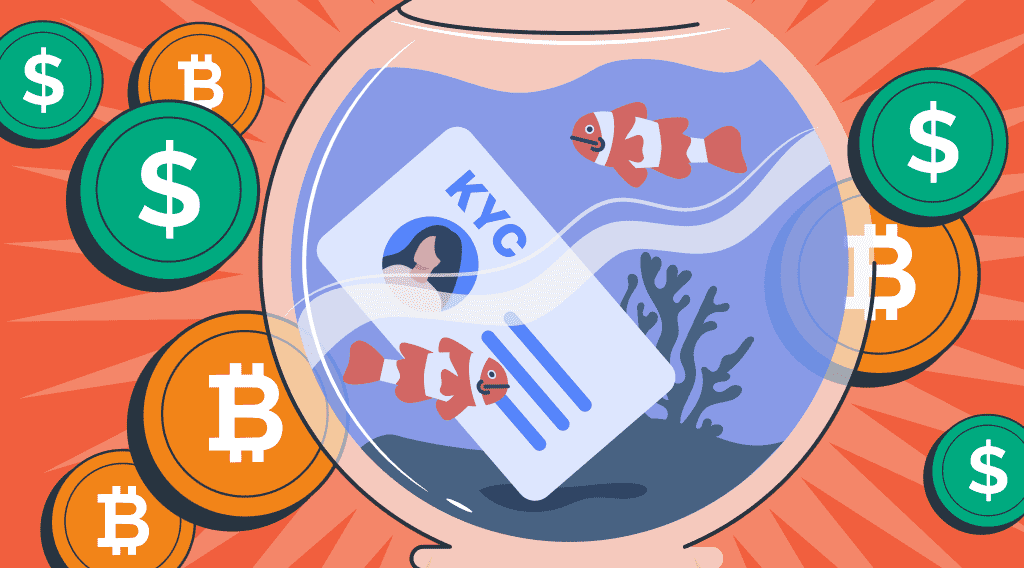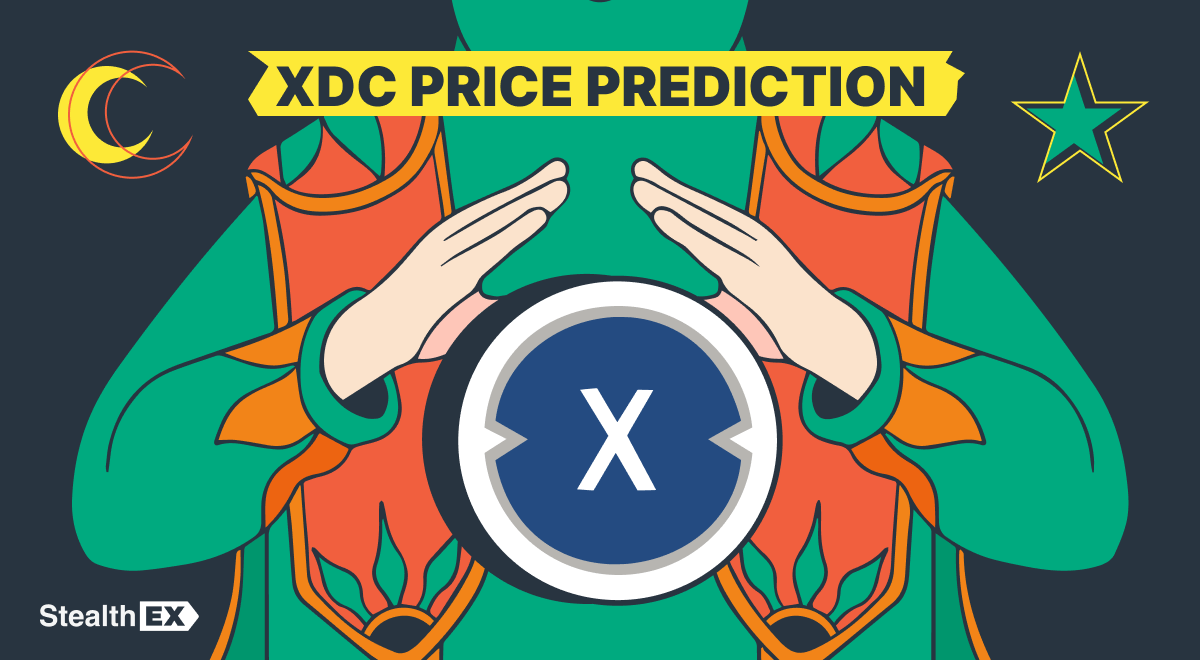What Are Smart Contracts? History and Development

In this series of articles on smart contracts, we will explore different aspects of smart contracts: history, applications, technology. In this first part, we will focus on the history and will tell you about what are smart contracts, and how smart contracts have been progressing as a new financial-management tool.

Article contents
What Are Smart Contracts?
What is a smart contract? Smart contracts are digital contracts self-executed on a virtual machine. From a user’s point of view, they are decentralized applications running on non-centrally controlled blockchains. Each smart contract enables the execution of the terms of an agreement or contract, e.g. a transfer of property from one owner to another.
The parameters of these agreements are written by programmers in certain programming languages. The most popular programming language for writing smart contracts has so far (early 2021) been Solidity because it is the only programming language used to write smart contracts on Ethereum – the most popular smart-contract platform. With the transfer of Ethereum to a new blockchain – Beacon chain – this will change as many more languages will become available for writing smart contracts for Ethereum.
How It Began
The first concept of a smart contract was proposed by Nick Szabo in 1994. But the first smart contract platform in blockchain came to exist with the emergence of Ethereum in July 2015 even though some Bitcoin supporters were calling the Ethereum project overambitious at the time, arguing that Bitcoin had its own scripting language in which basic smart contracts could be written.
However, Ethereum introduced a new element into its technological design compared to all preceding cryptocurrencies. This element was the Ethereum virtual machine, and it allowed to create highly sophisticated smart contracts, which later gave rise to decentralized applications.
Smart Contracts Blockchain
Since that time, this technology has been replicated by many projects in different realizations. And we are going to tell you about some of them.
1. NEM Cryptocurrency
Nem is a cryptocurrency that was launched on 31st March 2015. It was written in the Java programming language and allows programmers to write smart contracts in Java. That is why Nem has risen to enjoy certain appreciation from programmers as a smart contract platform. Another reason for Nem’s popularity is its high throughput coupled with good scalability. Nem can process hundreds of transactions per second.
2. How To Write Smart Contract In Hyperledger Fabric?
Hyperledger Fabric is a smart-contract platform running on a permissioned blockchain. Hyperledger Fabric was launched by Linux Foundation in December 2015, IBM taking part in its development.
This platform differs from Ethereum quite particularly in several respects. Probably, its most notable distinction is no native token system. Therefore, this platform would not be a workable solution for financial smart-contracts, while it might be a good one for data-centred smart contracts.
Another very important distinction is its centralized and permissioned nature. For this reason, it has not enjoyed much popularity among advents of decentralized ledger solutions. And finally, one can install programming modules for various popular programming languages to write smart contracts on Hyperledger Fabric. It supports such languages as Java, Go and Kotlin while Ethereum smart contracts are only written in Solidity.
3. Waves Crypto
Waves was launched in June 2016 and was promoted as a very easy-to-use smart contract platform. Its simplicity derives from its own programming language Ride, which is very straightforward and oriented at users with little programming knowledge. As a blockchain, Waves is capable of handling several hundred transactions per second. Therefore, Waves is deemed ideal for writing smart contracts for the issuance of native tokens and token sales.
However, the simplicity of its programming language has its limitations as it does not allow programmers to write more sophisticated smart contracts on it and, therefore, limits its real-life applications.
4. What Is EOS Blockchain?
EOS was launched in 2018, having previously raised $4.1 billion in its year-long ICO. It has a potential of handling over 1 million transactions per second and offers its own smart-contract development too. Therefore, it became quickly popular in many respects, including smart contract development.
However, many have since pointed to its biggest drawback, which is high centralization. EOS is running on just 21 nodes, all of which are elected by EOS stakeholders every 126 blocks. More than likely, many of them belong to stakeholders as well, which clearly makes EOS far from being a permissionless and truly decentralized blockchain.
5. Cardano (ADA)
Cardano is a so-called blockchain 3.0 developed by a non-profit foundation with a highly academic approach. The project began with loads of academic research in 2015. The Cardano team and contributors are doing research and development at a rather slow pace, taking time to learn from past the experiences of other projects.
In its first era, Byron, the Cardano team implemented its own consensus protocol Ouroborous, which was the first proof-of-stake consensus protocol with «a mathematically proven level of security» as per the Cardano roadmap. In the second era, Shelly, the incentives scheme, which encourages decentralization, has been implemented. It is expected to make Cardano 50 to 100 more decentralized than the most popular public blockchains, most of whose hashing power is owned by a handful of mining pools. And with the targeted 1,000 stake pools, Cardano will be able to process 1 million transactions per second as each pool is capable of processing 1,000 of transactions per second.
As for Cardano smart contracts, they are expected to be deployed in the third era, Goguen, which is expected to take effect in March 2021. It will certainly be a mature and versatile smart-contract development platform that will allow creating various decentralized applications from simpler to complex ones for different industries and designations.
Therefore, Cardano can soon become a viable alternative and competitor to Ethereum, while ADA – its native token – reached the fifth place in market valuation across the entire cryptocurrency market in January 2021.
This Is Not All
In this article we have told you about the history of the evolution of smart contracts, and now you likely have a slightly better notion of how things have been evolving in smart-contract technologies.
This is the end of the first part, and in the next part of the article, we will tell you more about real-life applications of smart contracts which are many today and are going to be much more numerous in the near future.
And remember that StealthEX is the best platform for exchanging your coins.
How To Buy Cryptocurrency At StealthEX
If you need to exchange your coins StealthEX is here for you. We provide a selection of more than 350 coins and constantly updating the cryptocurrency list so that our customers will find a suitable option for exchange with a low fee. Why don’t you check it out?
You can study a detailed article with an exchange guide, watch a tutorial video on our YouTube channel, or just go to StealthEX and follow these easy steps:
- Choose the pair and the amount for your exchange. For example, BTC to ADA.
- Press the “Start exchange” button.
- Provide the recipient address to which the coins will be transferred.
- Move your cryptocurrency for the exchange.
- Receive your Cardano coins!
Follow us on Medium, Twitter, Telegram, and Reddit to get StealthEX.io updates and the latest news about the crypto world.
We are always ready to give you support if you have any issues with exchanging coins. Our team does our best to protect all members and answer their questions. For all requests message us via [email protected].
The views and opinions expressed here are solely those of the author. Every investment and trading move involves risk. You should conduct your own research when making a decision.
blockchain technology Ethereum smart contract smart contractsRecent Articles on Cryptocurrency
 No KYC for Buying Cryptocurrency on StealthEX
No KYC for Buying Cryptocurrency on StealthEX  XDC Price Prediction: Will XDC Crypto Reach $10?
XDC Price Prediction: Will XDC Crypto Reach $10? 